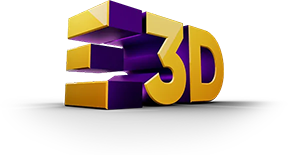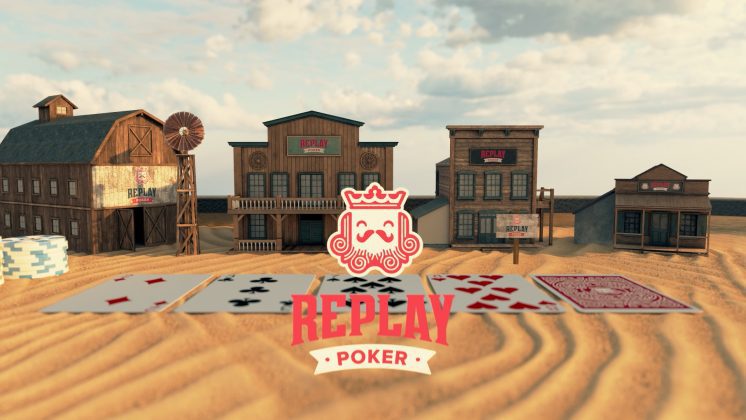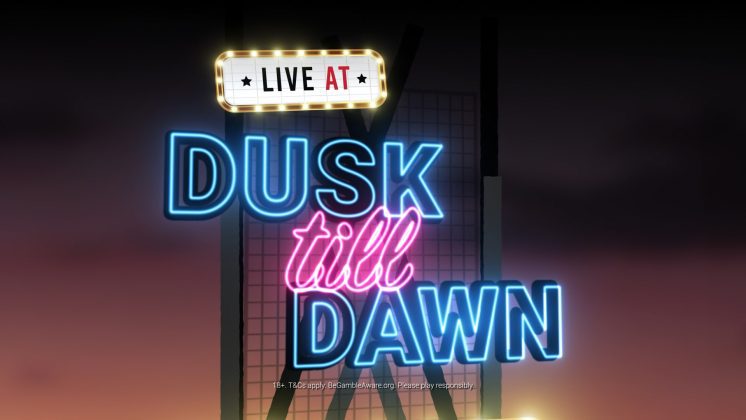In an age dominated by visual content, motion design has become an essential part of how brands communicate. But what exactly is motion design, and why is it so significant in today’s media landscape? This guide will delve into the fundamentals of motion design, its history, the skills required to master it and how it’s used in various creative fields.
Motion design, often known as motion graphics design, refers to the art of using graphic design principles in a moving format. This can include animations, videos, GIFs and other forms of visual storytelling that incorporate text, images, and video footage to create engaging content. By adding elements like movement, transitions and sound, motion design brings still graphics to life, transforming them into captivating visual experiences.
In simple terms, motion design is where graphic design meets animation. It takes the core elements of traditional design—like colour theory, typography, and composition—and adds a layer of dynamic movement to enhance the message. You’ll often see motion design works in adverts, social media content, explainer videos and even movie title sequences. It’s a field that blends artistic creativity with technical skill, making it an exciting area to explore for both designers and audiences.
How does motion design work in different fields?
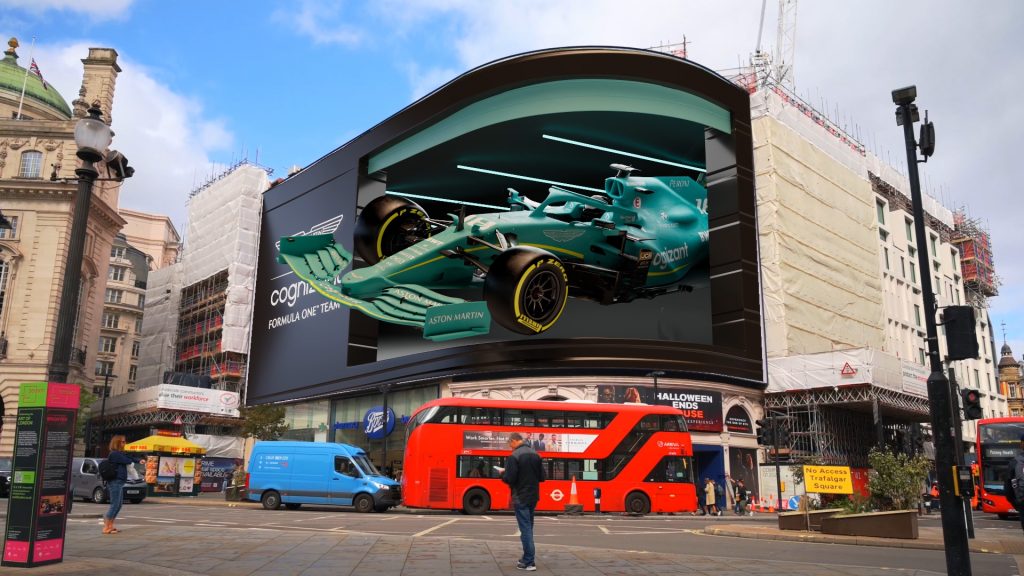
Advertising
To create eye-catching commercials and promotional videos.
By significantly enhancing the appeal of commercials and promotional videos by integrating dynamic visual elements that capture the viewer’s attention. By combining animated text, graphics and effects, motion graphics create visually stimulating content that can effectively convey complex messages in a concise and engaging manner. These elements add a layer of sophistication and creativity, making the content more memorable and impactful. Motion graphics can highlight key features, demonstrate product benefits, and amplify brand identity with vibrant colours, smooth transitions, and compelling visual narratives. This dynamic approach not only engages audiences but also drives higher engagement and retention rates, making promotional videos more effective in achieving their marketing goals.
Television and Film
For title sequences, lower thirds and infographics.
Motion design plays a vital role in television and film, enhancing storytelling and visual appeal with their dynamic and versatile nature. In television, they are used for title sequences, lower thirds, transitions and visual effects, adding a polished and professional look to broadcasts and shows. In film, motion graphics can create intricate opening credits, explain complex information through animated infographics and enhance scenes with visual effects that blend seamlessly with live-action footage. They help set the tone and mood, guide the audience’s attention, and reinforce the narrative. By integrating motion design, filmmakers and television producers can deliver visually compelling content that excites viewers and enriches the overall viewing experience.

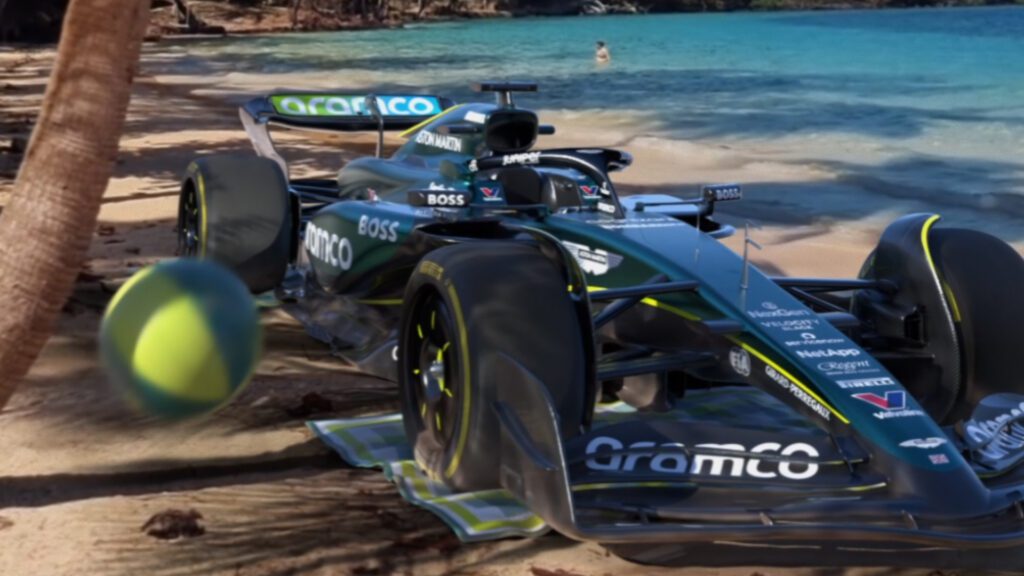
Social Media
To produce shareable content that grabs attention.
Motion design is a powerful tool for enhancing social media content, making posts more engaging and shareable. By incorporating animated text, icons and illustrations, motion graphics can quickly grab attention as users scroll through their feeds. They effectively convey messages in a short amount of time, which is crucial for platforms where retention is key. Whether it’s promoting a product, sharing a brand story, or illustrating a complex idea, motion design brings a dynamic and visually appealing element that static images cannot match. This increased engagement can lead to higher interaction rates, greater reach, and ultimately, a stronger social media presence.
Corporate Videos
To simplify complex information and present it in an engaging way.
Motion design can transform corporate videos into engaging and memorable experiences by adding a layer of visual sophistication and creativity. Through the use of animated graphics, sleek transitions and kinetic typography, motion design can effectively highlight key messages, showcase data and illustrate complex concepts in an easily digestible manner. This not only keeps viewers interested but also enhances their understanding and retention of the information presented. By making corporate content more visually appealing and dynamic, motion design helps communicate the company’s professionalism and innovation, ultimately leaving a lasting impression on clients, partners and employees.
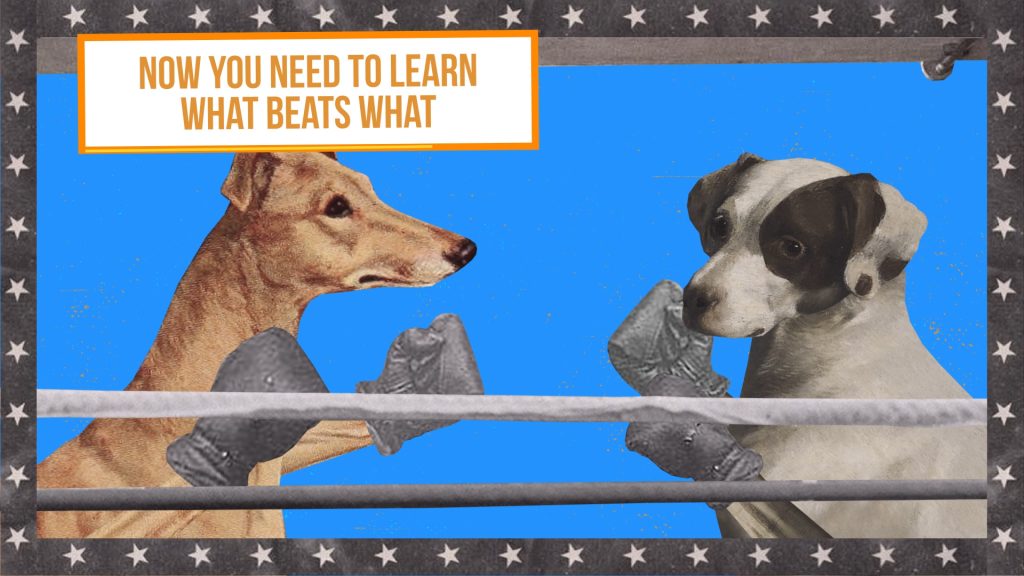
View more of Emotive 3D’s motion design
Design Skills Needed for a Career in Motion Graphics
A career in motion graphics requires a blend of creative flair and technical expertise. Here are some of the key design skills needed to excel in this field:
Graphic Design: A strong understanding of design principles is essential. This includes knowledge of colour theory, typography, composition, and branding. Being able to create visually compelling graphics is the foundation upon which motion design is built.
Animation: Motion design is fundamentally about bringing static elements to life. Designers need to understand animation techniques, from basic movements like fades and slides to more complex transitions that add depth and emotion to the content.
Software Proficiency: Adobe After Effects and Adobe Premiere are industry-standard tools for motion design. Mastering these programmes is crucial, as they allow designers to create, edit and fine-tune animations. Familiarity with other software like Cinema 4D or Blender can also be advantageous, especially for 3D motion graphics work
Storytelling: At its core, motion design is about telling a story. Whether it’s a brand narrative, a product demonstration, or an explainer video, the designer must think about how the visuals will guide the viewer through the content in an engaging way.
Attention to Detail: From the timing of transitions to the use of sound effects, every element in motion design contributes to the final product. Designers must pay close attention to details to ensure that all components work harmoniously.
Getting Started in Motion Design
If you’re considering a career in motion design, building a solid foundation in graphic design is a great place to start. Familiarise yourself with design principles and tools like Adobe After Effects and Adobe Premiere, as these are essential for creating motion graphics. Many motion designers also find it helpful to study the work of pioneers like Saul Bass and Pablo Ferro to understand the history of the craft and the impact of different design styles.
There are plenty of online resources and tutorials that can help you hone your skills. Platforms like YouTube, Skillshare and Adobe’s own website offer in-depth guides on using motion design software effectively. Practice is key, so start by creating simple animations, experimenting with different effects and gradually build up to more complex projects.
Why Motion Design Matters
Motion design is not just about adding movement to graphics; it’s about enhancing the message through motion. It engages viewers, holds their attention and makes information more accessible. In a world where visual content is king, motion design provides a powerful tool for brands to connect with their audiences in new and creative ways.
Whether you’re a business looking to make an impact with your marketing, or a designer exploring new career opportunities, understanding “what is motion design” and how it works is invaluable. With its combination of artistic and technical skills, motion design offers endless possibilities for storytelling, branding and communication.
Ready to Dive into Motion Design?
If you’re interested in leveraging motion design for your brand, or starting a career in motion graphics, the opportunities are vast. Emotive 3D specialises in creating dynamic motion design works that bring stories and brands to life. Get in touch with us today to see how we can help elevate your visual content with the power of motion design.
To understand how motion graphics can help your business grow, click below.
